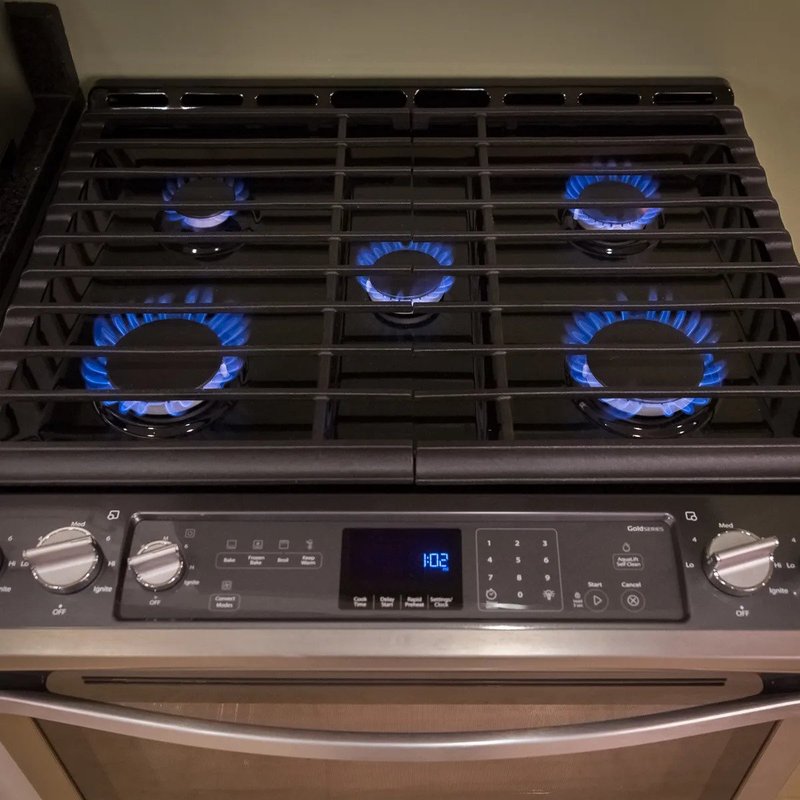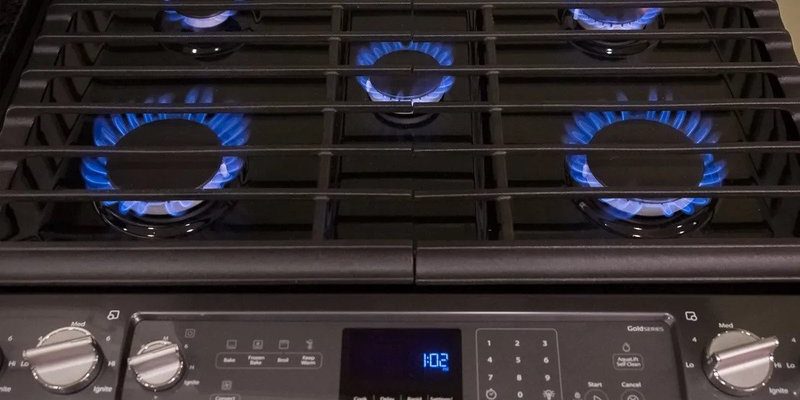
Picture this: your oven temperature isn’t just for setting how hot it should get. It’s also about ensuring the internal parts are operating safely and effectively. The “E3” error is kind of like your oven waving a little red flag to let you know there’s a problem with reading temperature correctly. It’s like your oven’s way of saying, “Hey, I can’t ‘feel’ the heat accurately!” The good news? With a little knowledge and some practical steps, you can keep this error at bay and maintain your oven’s health long-term.
Understanding Error Code E3
Before diving into prevention, it’s crucial to understand what exactly Error Code E3 signifies. Think of it as a helpful diagnostic feature, albeit cryptic, pointing towards a malfunction in the oven’s temperature-sensing abilities. The temperature sensor is a small component, similar to a thermometer, embedded within your oven. It ensures the oven heats to the desired temperature, essential for perfect cooking results.
If the sensor is faulty, your oven may not heat to the correct temperature, negatively impacting your cooking. This is because the oven cannot gauge if it’s too hot or too cold, much like trying to drive without a speedometer. The “E3” error code specifically arises when the sensor isn’t functioning properly or when wiring connecting the sensor is compromised. It’s like trying to bake cookies without knowing if your oven is set to ‘broil’ instead of ‘bake.’
The aftermath of an unresolved E3 error can lead to uneven cooking, overheating, or even potential safety hazards. It underscores the importance of promptly addressing such issues and preventing them from reappearing. By keeping the temperature sensor in tip-top shape, you ensure your oven not only cooks efficiently but also extends its lifespan.
Causes of Error Code E3
To tackle prevention, we first need to grasp what might be causing the temperature sensor to misbehave. Common causes of an E3 error can range from simple wear and tear to accidental damage. For instance, frequent exposure to high temperatures can degrade sensor accuracy over time, much like how leaving a thermometer in the sun too long might warp its readings.
Another culprit could be the wiring that connects the sensor to the control board. These wires, if loosened or damaged, disrupt communication between your oven’s components, leading to misread temperatures. Imagine trying to hear your friend’s voice over a broken phone line – it just doesn’t work right. In some cases, incorrect installation or cleaning can jar wires or the sensor, causing the error.
Understanding these causes lets us explore preventative measures. By ensuring careful handling of the oven’s internal parts and maintaining regular checks, one can significantly reduce the risk of these issues cropping up. The ultimate goal is to ensure everything is connected and functioning gracefully, like a perfectly orchestrated symphony.
Steps to Prevent Error Code E3
Here’s where prevention steps in, like a trusty sidekick to a superhero. The first step to keeping the E3 error at bay is regular maintenance. Think of it like going for a health check-up – you do it to catch any small issues before they become big problems. Regularly cleaning and inspecting the oven helps ensure everything is working correctly. Make sure to turn off the power before you inspect or clean the internal components to prevent any accidents.
Another crucial step is to handle the oven with care. Avoid applying excessive force when inserting or removing trays, as this can dislodge or damage the temperature sensor and its connecting wires. Remember, your oven isn’t just a sturdy kitchen appliance; it’s also a technical gadget with sensitive parts that need gentle handling.
Lastly, consider consulting your oven’s manual for troubleshooting tips specific to your model. Manufacturers often provide guidance on common issues and how to address them. If you’re unsure, it’s never a bad idea to seek professional help. Having a technician look over your appliance can not only correct existing issues but also prevent future ones.
Regular Maintenance: Your Best Bet
You might be thinking, “Do I really need to clean and check my oven that often?” And the answer is a firm yes! Regular maintenance isn’t just about keeping your oven clean; it’s about extending its life and ensuring it functions correctly. Think of it as the equivalent of changing the oil in your car – it’s essential for keeping everything running smoothly.
Take time every couple of months to carefully clean around the oven, especially near the sensor area. Dust and grime can build up unnoticed, potentially causing interference with your oven’s ability to accurately read temperatures. Use a soft cloth and mild cleaner, and ensure the oven is off and cool before you reach inside.
Additionally, make it a habit to visually inspect the wiring and sensor for any signs of wear or damage. If you spot anything unusual, like frayed wires or loose connections, it’s best to address it immediately. Remember, fixing a small problem now can save you from a big headache later on.
When to Call a Professional
Sometimes, even our best efforts can’t prevent every issue. You might be diligent with maintenance but still find yourself face-to-face with that pesky E3 code. If this happens, it might be time to call in the professionals. Here’s why: professionals have the right tools and experience to diagnose and fix issues without causing further harm.
Imagine trying to fix a leak in your roof – you wouldn’t climb up there without the right tools and expertise. The same logic applies to your oven. A professional can quickly identify and repair issues that might not be apparent to the untrained eye, ensuring everything is back in working order.
Moreover, it’s important to act sooner rather than later. Continually ignoring an E3 error or attempting a DIY fix without understanding the problem could lead to larger issues or even dangerous situations. Professionals can provide peace of mind and ensure your appliance is safe to use.
Final Thoughts and Next Steps
In summary, preventing the Whirlpool ovens and ranges Error Code E3 is all about understanding the root cause and employing regular, careful maintenance. By treating your oven with care, regularly inspecting, and cleaning it, you minimize the risk of encountering this bothersome error. If things do go awry, remember: calling in an expert can be your best course of action.
To wrap things up, always keep your appliance manual handy. It’s a wealth of information and guidance tailored specifically for your model. Follow the guidelines for regular maintenance and don’t hesitate to call a professional if you encounter any issues. With these steps, you can keep your Whirlpool oven or range cooking smoothly, ready for your next culinary adventure.
